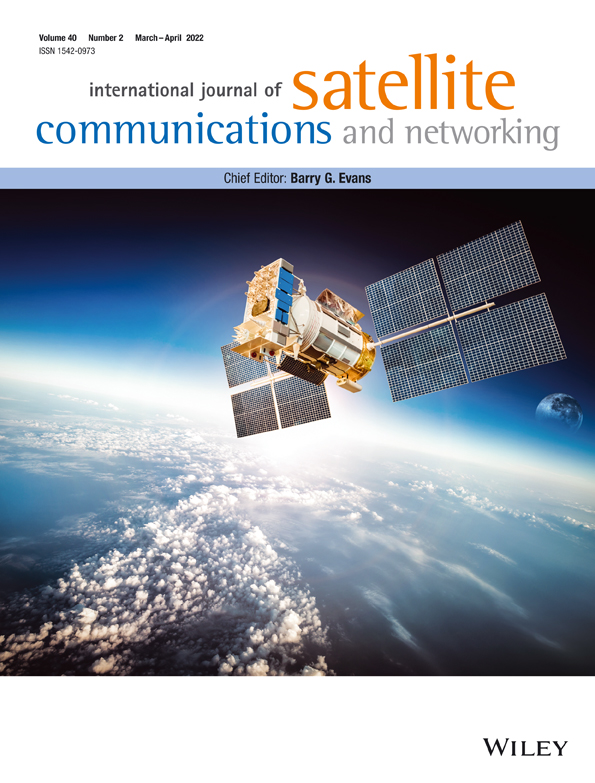Global Navigation Satellite Systems Spoofing Detection through measured Autocorrelation Function Shape Distortion
Summary
With the expansion in Global Navigation Satellite System (GNSS) constellations and emerging applications utilizing GNSS systems, the issue of detection of interference is evolving as a growing concern in the satellite navigation user community. Threats for GNSS users can be classified as unintentional interference, jamming, and spoofing. Spoofing is more harmful among them because the target receiver might not be aware of the attack and, as a consequence, generate misleading position information. Spoofing attacks are classified as simplistic, intermediate, and sophisticated depending on their complexity of implementation. We focused primarily on the detection of intermediate spoofing attacks by measuring shape distortion (SD) through multiple correlators that cover multiple chips around the prompt tracking point. The SD metric compares the measured and typical values of the autocorrelation function and decides on the spoofing using a noise variance based threshold. The proposed SD metric is found to be very effective in detecting the spoofing attack during the pull-off phase of the attack. The method is verified through simulations, synthetic spoofing data, and the TEXBAT data shared by the University of Texas, Austin. Different formulations of the proposed method are compared to provide an optimal number of correlator taps in each channel.
CONFLICT OF INTEREST
The authors declare that they have no conflicts of interest.
Open Research
DATA AVAILABILITY STATEMENT
The data consist of (1) the spoofing signal data from TEXBAT available at https://radionavlab.ae.utexas.edu/index.php?option=com_content&view=article&id=289:texas-spoofing-test-battery-texbat&catid=50, and (2) the unspoofed data available from authors can be shared upon request. The size of data is very large (> 20 GB).




